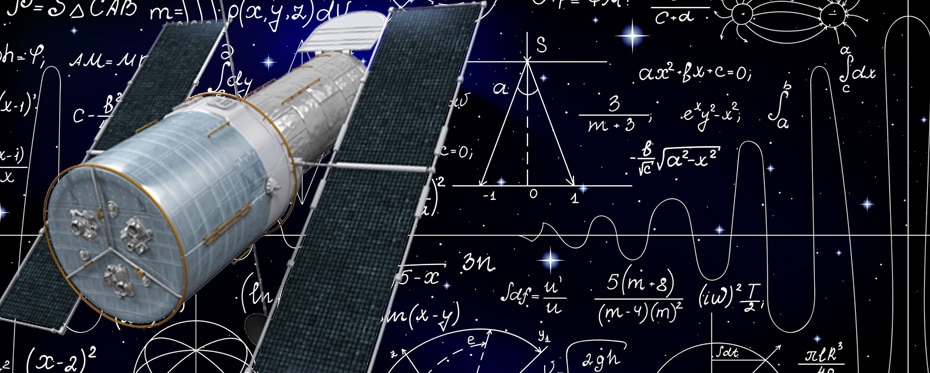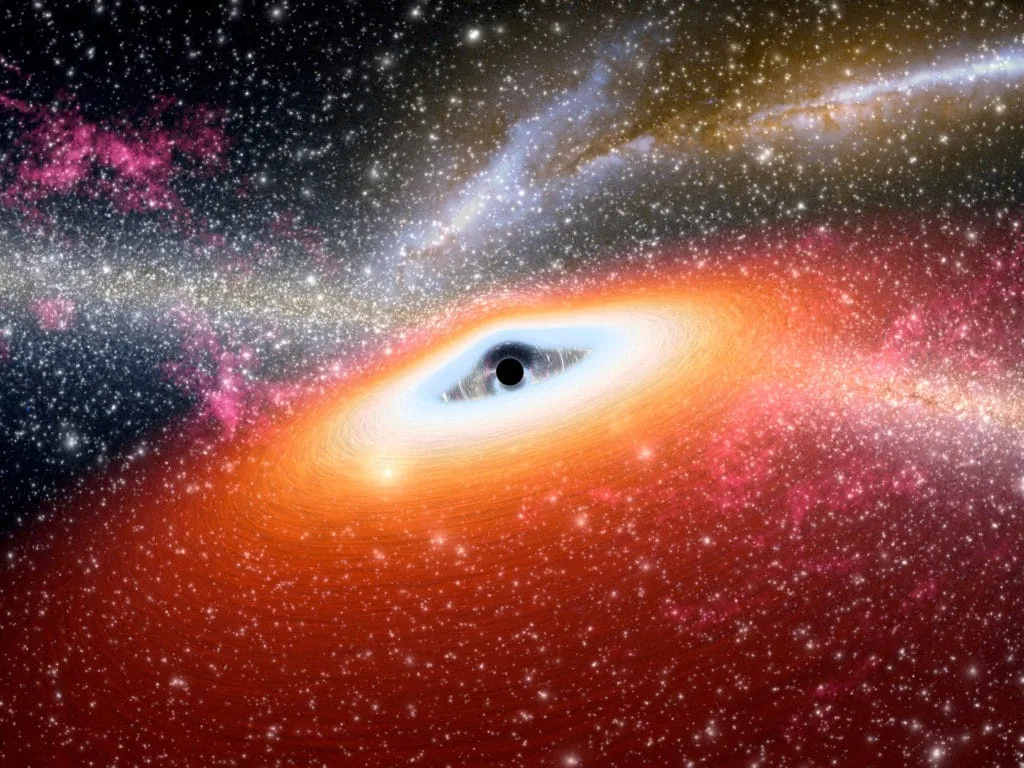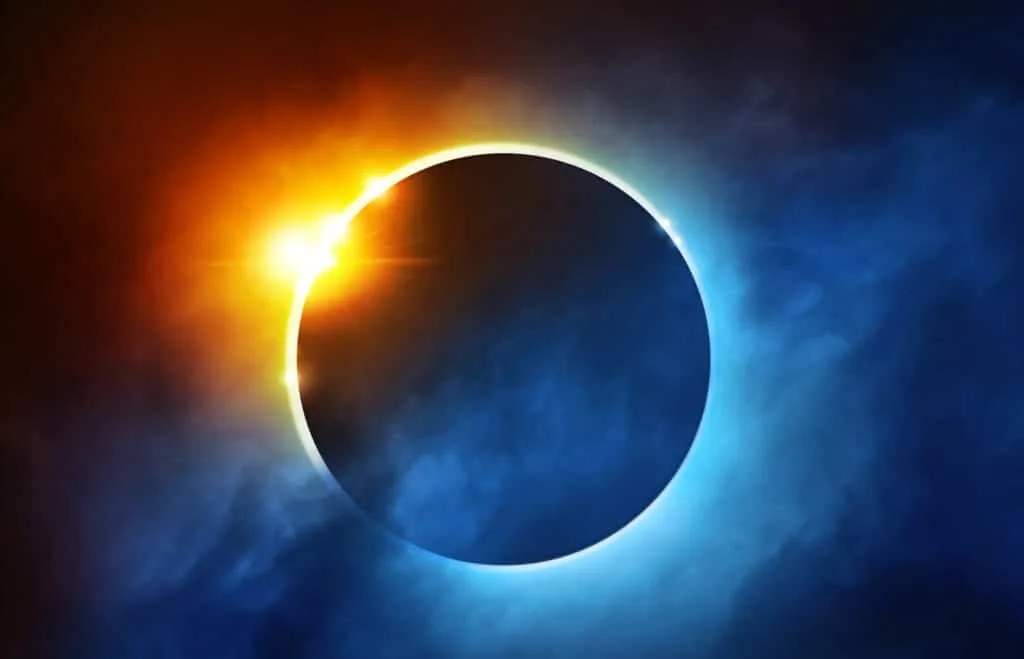Tag: Astrophysics
Research Outreach x World Space Week 2021

Join us in our celebration of World Space Week 2021 by checking out our Editor’s choice of space-related research. We’re in awe of the (inter)stellar work that has been and is being undertaken all over the world, and we’re extremely proud to have published some of it! Find out more about World Space Week 2021: https://bit.ly/3ahjHxQ From analysing solar activity […]
Searching for axions: Revealing the dark matter particle

Dark matter is one of the central mysteries of modern cosmology. Even after many years of investigation into the true nature of this enigmatic component of our Universe, every search for its cause has so far come up short. Dr David J. E. Marsh at the University of Göttingen believes that the solution lies with a fundamental particle which was […]
Read More… from Searching for axions: Revealing the dark matter particle
Uncovering the underlying geometrical structure for an extension of the theory of electroweak interaction and the Dark Matter problem

Describing the behaviour of all fundamental particles and forces as we know them, the Standard Model has held up to every experiment physicists have undertaken to date. Frustratingly, however, the theory remains far from complete. Dr Joachim Herrmann at the Max Born Institute in Berlin suggests the tangent bundle as the underlying geometrical structure for an extension of the Standard […]
Reconstructing astronomical images with machine learning

Much of what we know about how our universe works has been learnt by analysing the astronomical signals captured from the sky. However, these signals will inevitably have some noise associated with them – so how can astronomers be sure that their observations of strange, unexpected signals reflect reality? Edward Higson at the University of Cambridge and his colleagues have […]
Read More… from Reconstructing astronomical images with machine learning
In search of supermassive black hole feedback

Professor Evan Scannapieco and his team at Arizona State University have been investigating the puzzle of why the largest galaxies in the universe, once the most active, have become dormant and ceased to produce stars. They were one of the first to propose a mechanism that involved colossal feedback from supermassive black holes at the centre of the galaxies and […]
Read More… from In search of supermassive black hole feedback
The Sun’s crowning glory: observing the corona

How do you observe a faint light next to a very bright one? Put simply, with great difficulty. Our knowledge of the outer atmosphere of the Sun – called its corona – is still fairly limited, due to difficulties observing this part of the Sun. Fortunately, solar eclipses (where the Moon and Sun perfectly overlap ‘in syzygy’) provide scientists, such […]
Read More… from The Sun’s crowning glory: observing the corona